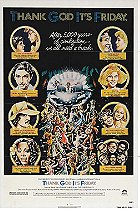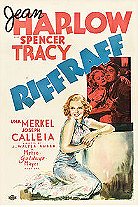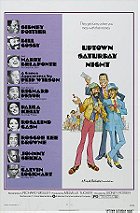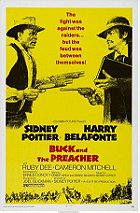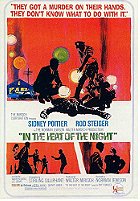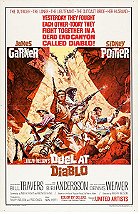Jean-Jacques Beineix’s Diva is all impeccably detailed frames, cool, smooth surfaces awash in bold colors like pinks and whites and wrapped up in moody lighting and scoring. The details of the plot are inconsequential and preposterous as they merely exist to serve the mood of the piece. Diva is not about what happens in the story but about the act of watching it and its sustained tone.
There’s a postman fan of opera who crafts a bootleg of his favorite diva, an artist who has refused to record her voice, and winds up getting caught between Taiwanese bootleggers, crooked cops, a kleptomaniac and her philosopher roommate, and a dead prostitute. Except for the opera diva, these details are pure unadulterated noir, and Diva often reconstitutes that genre’s visual textures into the colorful, pop-like aesthetic of the 1980s. How and why Taiwanese bootleggers are so obsessed with a bootleg recording of a soprano is anyone’s guess.
Anyway, as he’s sneaking out his bootleg recording (and stolen the white dress she just performed in), a prostitute with a recording of her own sneaks the hot item into his bag. She then promptly gets killed. Her recording implicates the chief of police in sex trafficking, and now this poor guy has got seemingly everyone in the criminal underworld and police department after him. Still, he finds time to engage in a tender relationship (of sorts) with his beloved diva and quirky friendship with the kleptomaniac that he catches in the act.
Diva was widely regarded as the first major work in the cinema du look, a movement that took the alienated youths of the New Wave and dropped them into the candy-coated cinema of the studio era. This movement placed the emphasis on the look and posturing of the film and not their content. Think of it as “story” in the same sense that fashion magazine layouts used to tell a “story.”
Being an exercise is in style and lacking distinctive substance is not always a negative criticism of a film. Film is primarily a visual medium, after all, and sometimes all you want is a visual narcotic. Diva will provide that fix and offer up an entertaining and loose-limbed narrative. There’s a freedom to Diva’s commitment to provide ample opportunity for gorgeous visual delights, like a justifiably famous chase scene involving a moped and the metro.
There’s a sensuousness and sumptuousness here that is highly pleasing. Yes, the plot is completely strange, but the characters and performances are universally appealing. They heighten the atmosphere on display and lull you into the tone. Seek this one out.
 Login
Login
 Home
Home 95 Lists
95 Lists 1531 Reviews
1531 Reviews Collections
Collections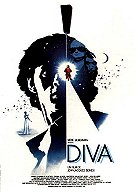
 0 comments,
0 comments, 